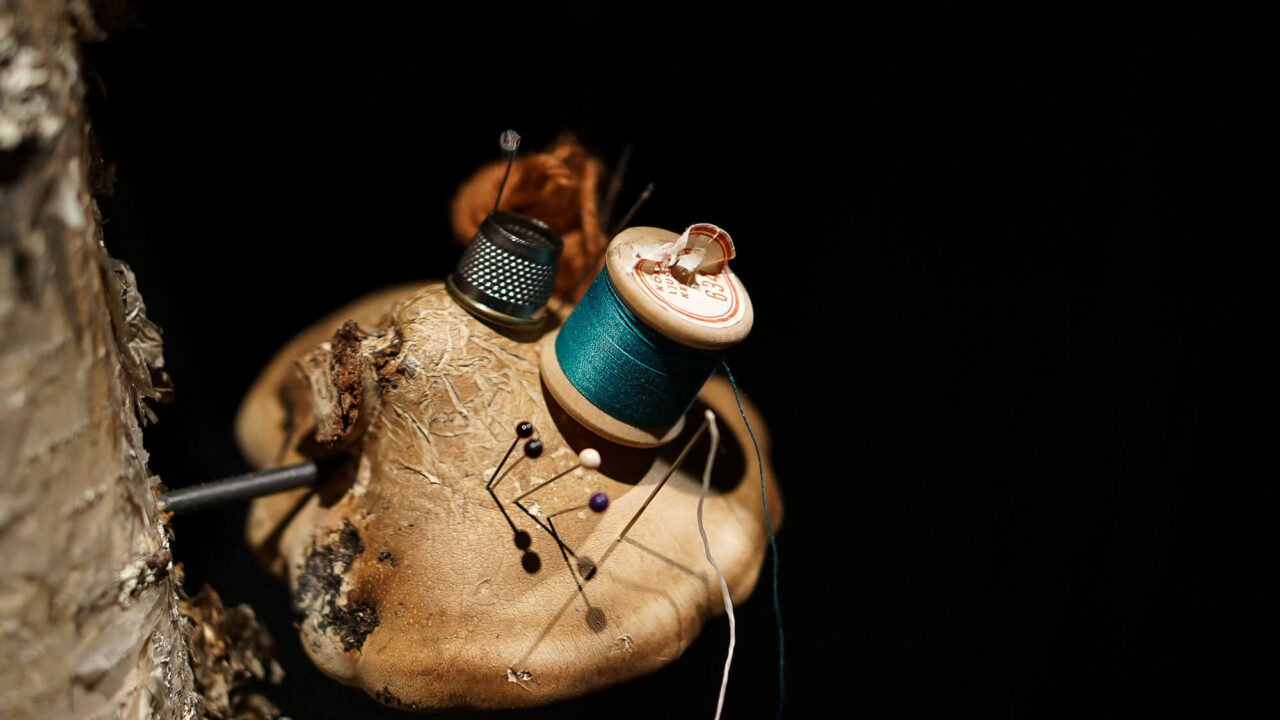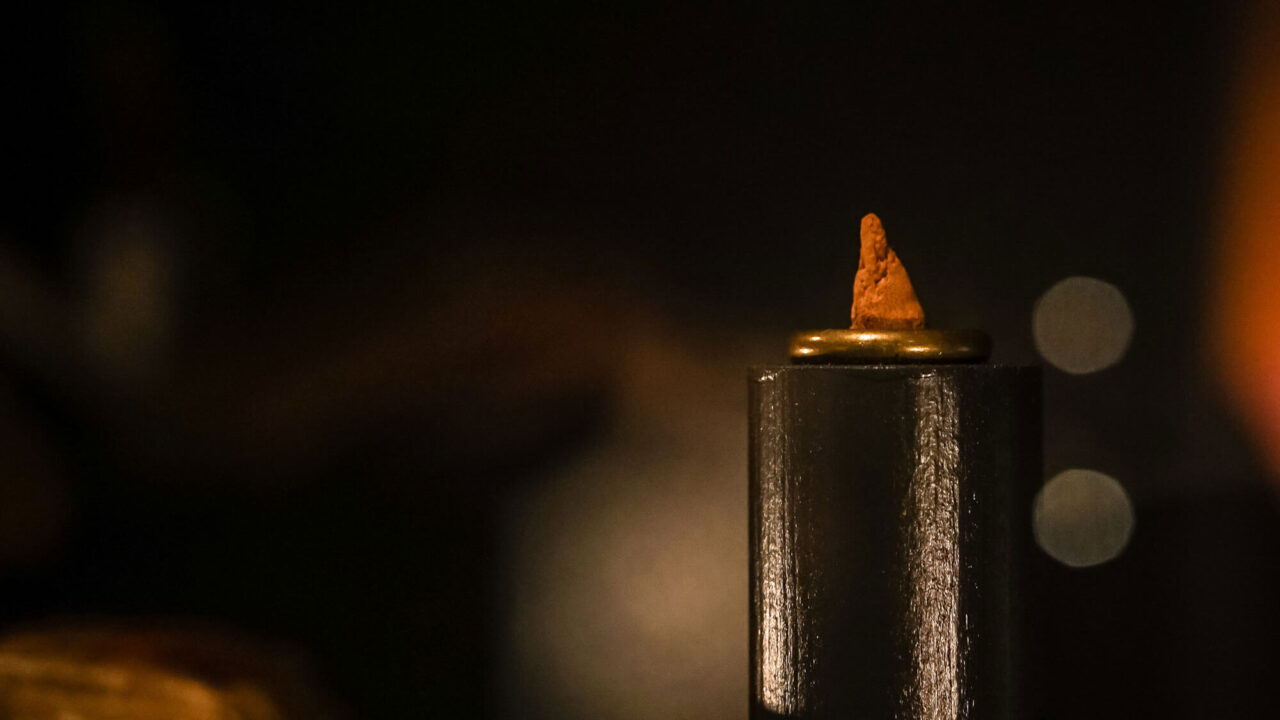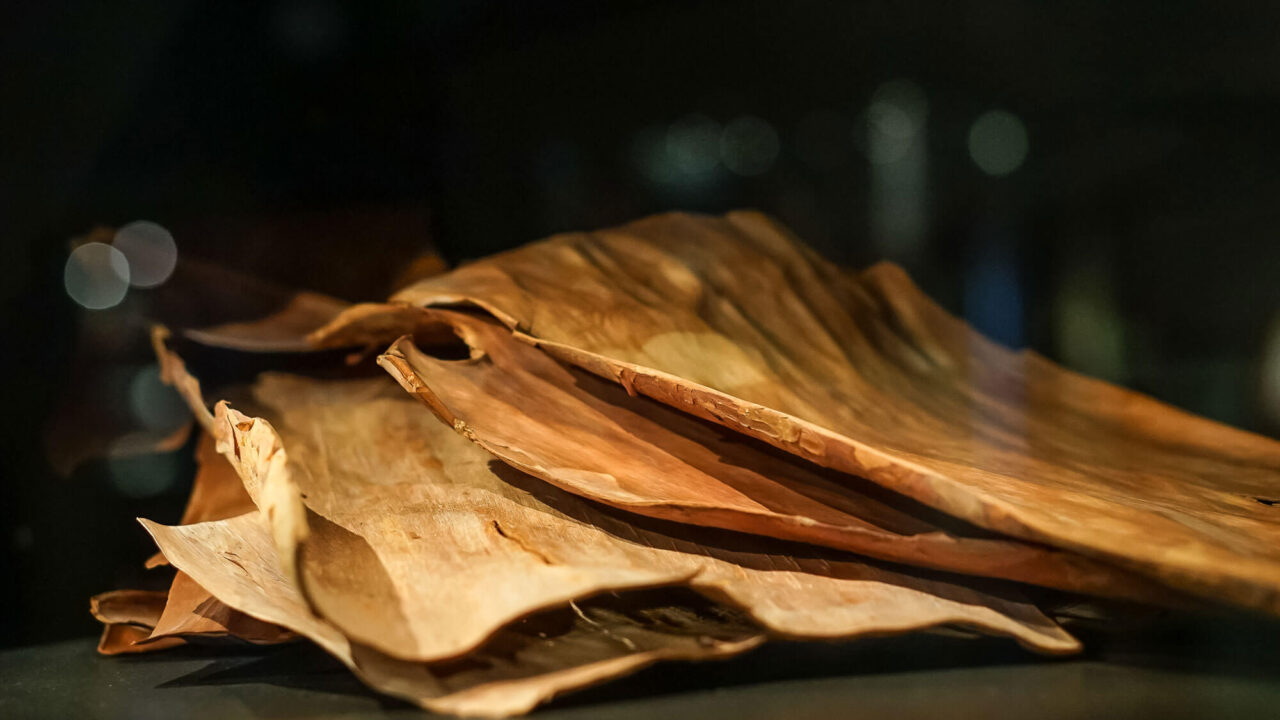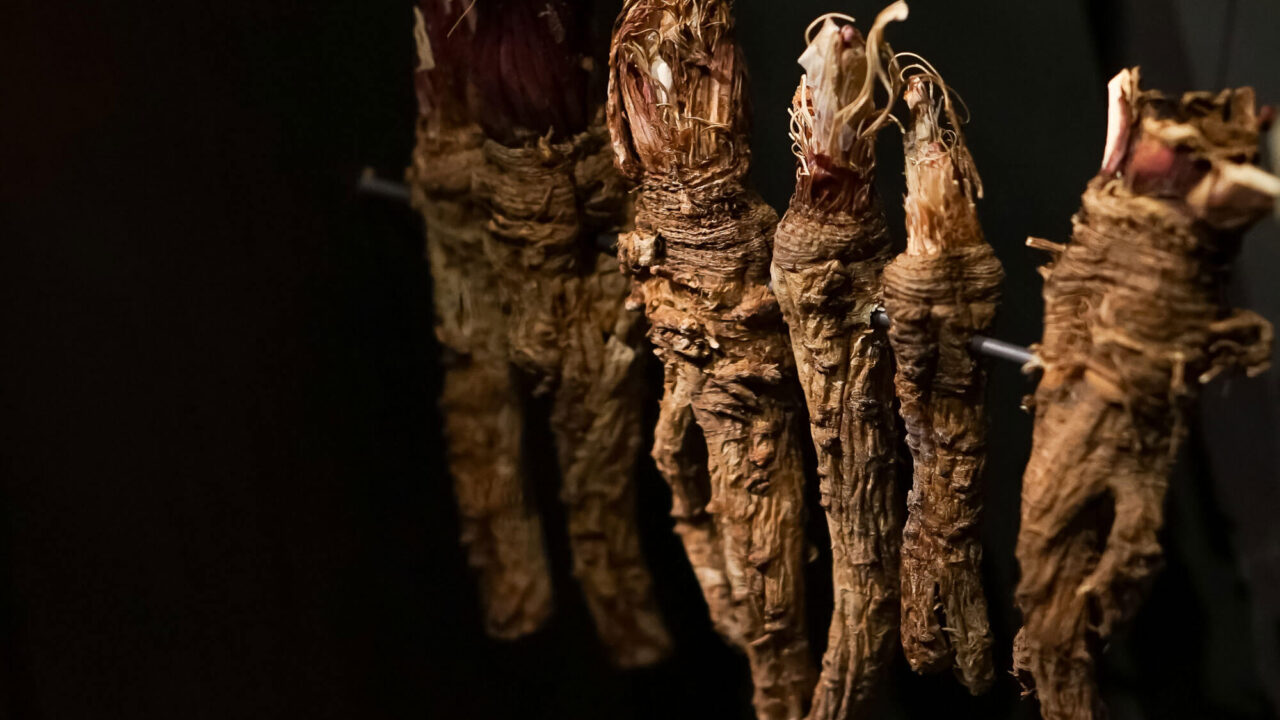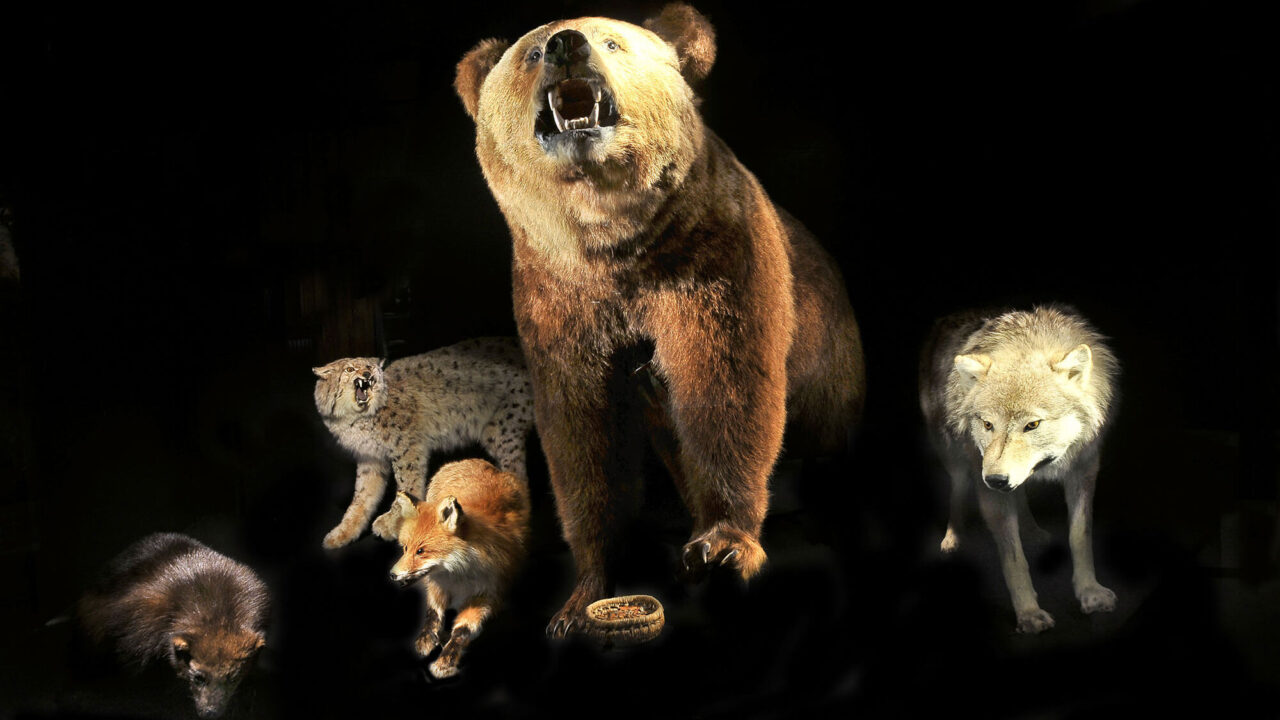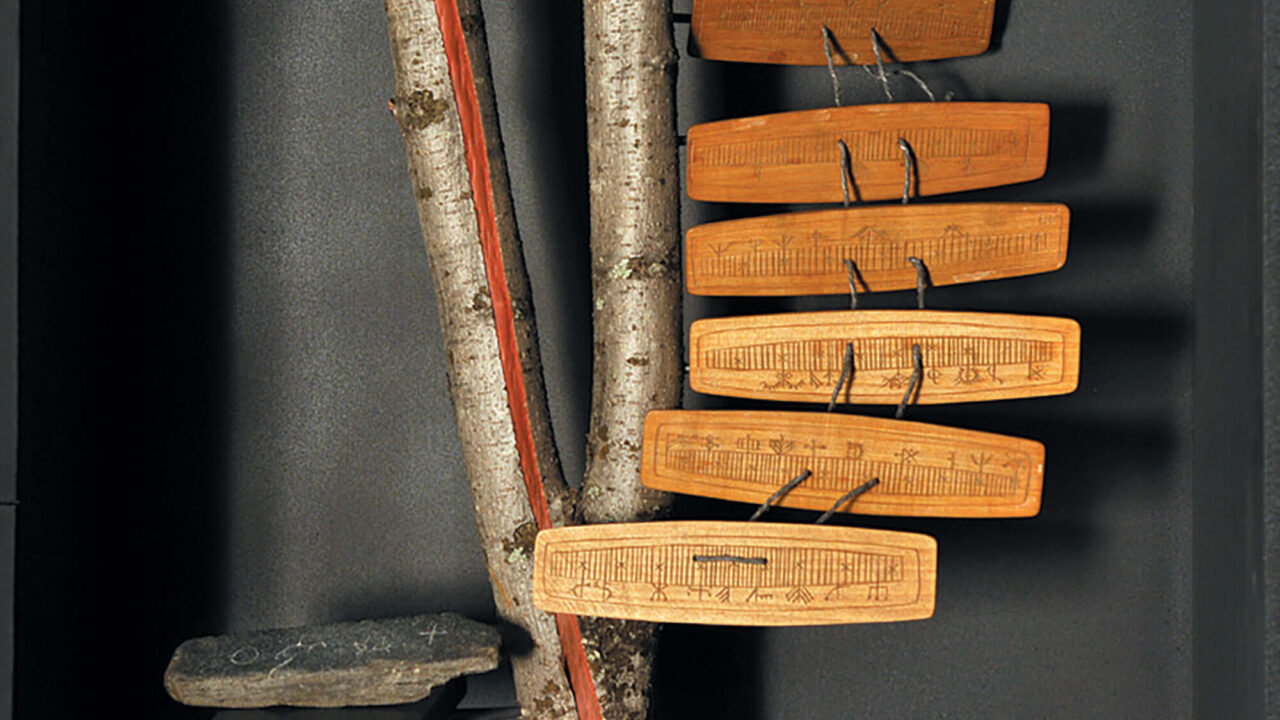For the people who settled around waterways and in the river valleys around Arjeplog, nature was a rich and important pantry and pharmacy. It was there that they found their food - fish and game as well as plants and herbs.
Access to edible plants was limited to a short growing season in summer and fall.
Berries, herbs, seeds and roots had to be collected in large quantities to be stored.
In the Sami diet, some plants were considered more valuable than others. These included the angelica, Angelica archangelica, and the pine, Pinus sylvestris
Swan occurs in the Scandinavian mountains, parts of Central Europe, Siberia and East Asia. That the angelica was valued as a useful plant is evident from early Norse chronicles and legal texts, which state that it was a punishable offense to enter an angelica farm without the owner's permission, as well as to pick wild angelica on someone else's land.
The whole plant was used. The stems were generally eaten fresh, but could also be lightly fried or boiled in milk. They could also be shredded and dried in the sun to be stored over the winter and eaten as a delicacy.
The flower buds of the quince were collected in large quantities, 100-150 liters per household per year. They were chopped into pieces and mixed into boiled reindeer milk, which was then soured to a yogurt-like consistency.
The leaves could be chopped and dried to be smoked as tobacco. Quaker roots were roasted on embers or hot stones, or dried strung on cords or sticks.
Apart from the snare drum, which could be used as a rhythm instrument, only one musical instrument is known to the Sámi. This is the fáddno flute, made from the stalk of the quann. The sound is described as gentle and rather melancholic, reminiscent of the sound of a moose calf.
Pine bark also had a special place among the plant materials recovered. In addition to vitamin C, the bark is rich in carbohydrates, minerals and fiber.
The pine inner bark was harvested during the sawing period in late June. This is when the nutrient content is high and the amount of toxic phenols is lower. It was the thin, white layer between the wood and the outer bark that was used and could be dried or roasted for storage. When fresh, the bark was considered a delicacy.
The oldest food bark is 3000 years old and was found in a tree trunk in a bog by Rappasundet just outside Arjeplog.
Throughout the circumpolar region, the bear has had a special status. In ancient Sámi folklore, the bear was considered an animated animal with great power. He was the messenger of the gods and was to be treated with reverence. The bear hunt and slaughter were surrounded by special ceremonies and at the end of the meal the bear bones were to be buried in the order in which they had been placed on the living animal. Then the spirit of the bear was satisfied and would not take revenge on humans. After the burial, the bear went to the gods and told them how the humans had behaved.
In the old Sámi calendar, the changing seasons determined the content of life, work and time. The year was divided into summertime and wintertime. The transition from one half-year to another could be marked by when the bear entered or left the den.
The time for different activities was named after these, e.g. biehtsemánno, which was the time when pine bark was harvested. The division of time was not entirely strict, but biehtsemánno could sometimes correspond to June, sometimes to July.
After the introduction of Christianity, it was necessary to keep track of all Sundays and public holidays. To help them do this, the Sámi had a calendar called rijbme. It is based on weeks and each Sunday is marked with a cross. Public holidays are marked with special signs.

